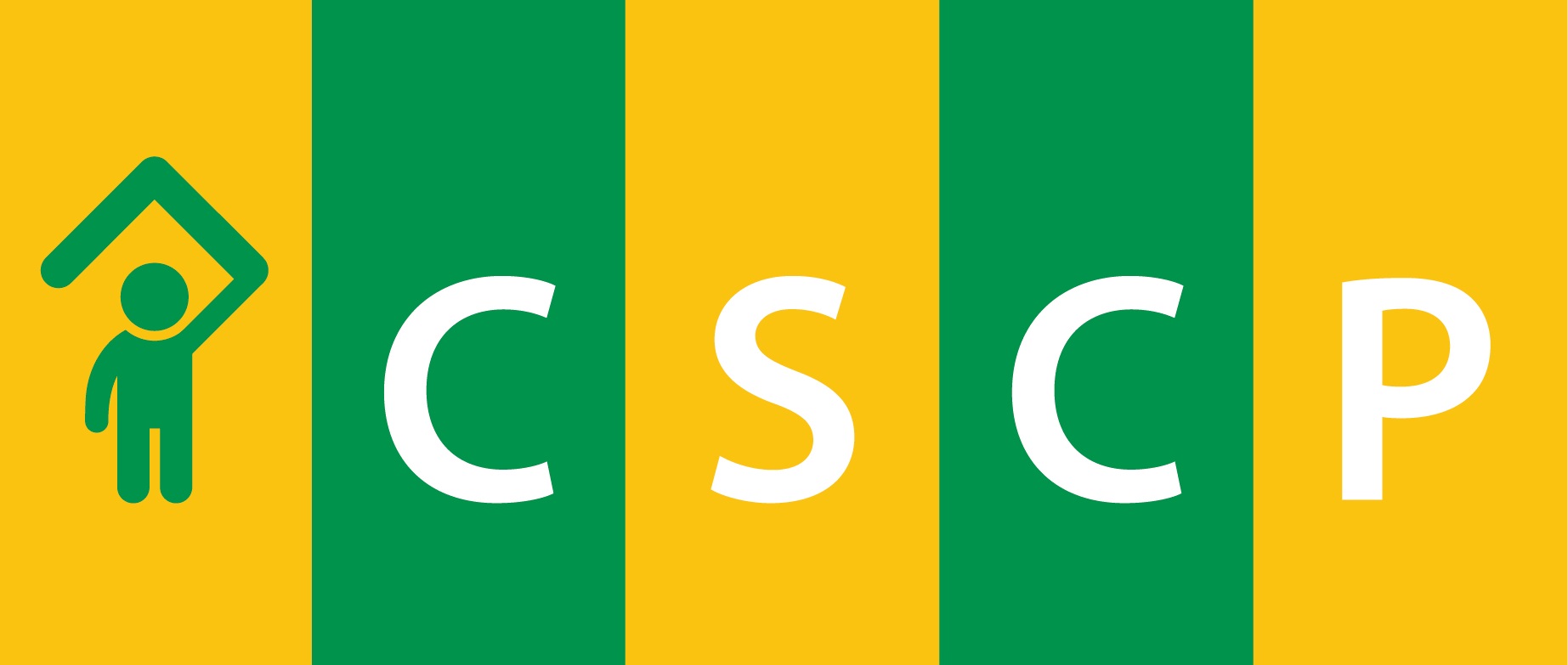In June 2016 the LSCB (now known as the CSCP) Child Sexual Exploitation (CSE) and Missing from Home (MFH) Subgroup undertook a CSE themed audit.
The subgroup audited 5 cases and looked at how well we protect children who are at risk of CSE. The group audited 5 cases; one Child Protection, one Child in Need, one Early Help, one Child Looked After and one Child Looked After placed out of county case, with the ages of children ranging from 12 years to 17 years. Four of the young people were girls and one was a boy.
Key learning from the audits
Voice of the Child
As part of the audit process two children whose cases were audited told us about their experiences. This is what they said:
Child A said that they had had two social workers and they have both been ‘really nice’. Initially Child A didn’t like them or want to see them but this was because of worries that they were going to be taken away. Child A felt that the fact they kept coming showed they cared and were ‘bothered’ and ‘wanted to help’.
Child A also told us that they thought schools should teach more about CSE as Child A didn’t really know what it was until the Police told them.
Child B told us they felt that they hadn’t been listened to and it had never been explained to them why they had been involved in CSE. Child B told us that their laptop and phone were removed and no one explained or told them why this had happened. Child B said this made them feel small and angry with ‘authority’.
Child B said they did not talk much to their old Social Worker. They have a new Social worker and didn’t talk much to them in the beginning but is talking to them now and telling them more.
Having a ‘good’ and trusting relationship with a professional is paramount in work with children who experience both running away and CSE. It is also important for professionals to work in an approachable, open and warm manner.
Child sexual exploitation: definition and guide for practitioners (GOV.UK)
Risk Assessment Tools
The audit identified that the CSE Risk Assessment Tool was not always being completed on a multi-agency basis, were not being reviewed regularly and were not routinely shared with relevant agencies.
Read Child Exploitation (including Child Sexual Exploitation and Child Criminal Exploitation) - to understand the process for completing the CSE Risk Assessment Tool.
Plans
A number of cases identified issues around plans. CSE risk often exists alongside other concerns and therefore the more specific risk of CSE and the management of it is not always clearly enough dealt with in the child’s plan. Plans were not always shared with relevant agencies.
Read Child Exploitation (including Child Sexual Exploitation and Child Criminal Exploitation) - LSCB’s updated (which is live on the manual from the 23 February 2017) contains pathways for the action to be taken including information on what should be included in a child’s plan
Children Looked After
The audit found that when Children Looked After who are at risk of CSE were placed out of county the risk was not always reduced and members of the LSCB’s CSE/MFH oversight group, other than children’s services, were not involved in the child’s plan and therefore there was a lack of multi-agency oversight.
Following the audit the LSCB CSE/MFH Oversight Group introduced a standing agenda item for Children Placed out of County; the Oversight Group receives monthly updates about progress, incidents of note and increased or decreased risk.
For more information on CSE, read our guidance on CSE.
